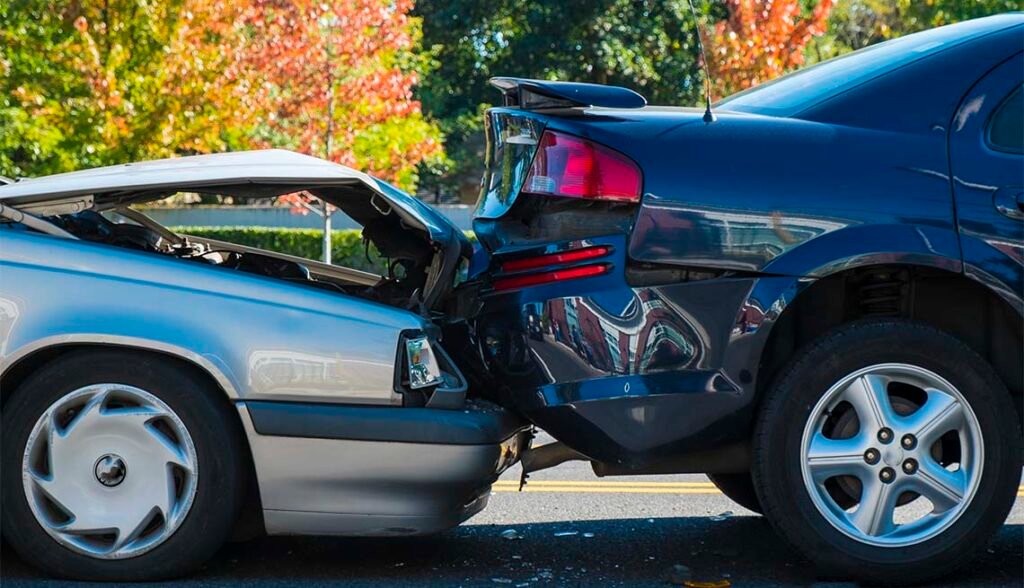
When a car accident happens, the scene can be buzzing with spectators, witnesses, and those who have been involved in the crash. The emergency can cause many people to freeze and not know what they should do next. The key to helping victims at an accident site is to remain calm. This list of first aid instructions can help guide a victim, or someone nearby that happens to find themselves at the scene of an accident.
1. Call 911.
In dealing with an injury at an accident site, Call 911 first. This may seem obvious, but many people overlook it. Be sure to ask for an ambulance, and other services if they are required. Give the exact location of the accident with directions. Having the street name, subdivision name, and landmarks available is also helpful. It is also helpful to provide the approximate number of injured people and the extent of their injuries if known. Let them know if anyone is trapped inside or under vehicles. Always provide your phone number and don’t hang up until the operator tells you it is okay to end the call.
2. Prioritize Casualties
When multiple people are hurt, it may be difficult to determine who to help first. Priority should be given to the most critical person, whose life is the most threatened. Because this can be difficult to assess in an emergency, it helps to look at airways first. If a person is not breathing, lift the chin and move the jaw forward. This may open up the airway and allow them to breathe again. Also, consider consciousness and bleeding when determining who is in the most critical condition.
3. Help Make the Scene Safe
To minimize any further accidents, turn flashers on in cars that are disabled, and turn on headlights at night. Sometimes a bystander can warn and control oncoming traffic. Turn off all vehicles’ ignition and make sure that no one is smoking nearby. Keep all people away from any fumes or leaking petrol.
If airbags have not been activated, be sure to stay away from them. It may be helpful to put handbrakes on to secure cars from moving. Another option is to put the vehicle in gear, or place blocks against the wheels.
If there are any fallen or damaged powerlines, keep everyone at least 6 feet away from fallen cables, and do not move cables. Do not go near a vehicle that is being touched by a cable line, and do not try to remove anyone from the vehicle.
4. Enlist Bystanders to Help
Even if they aren’t administering first aid, bystanders can help. They can warn oncoming traffic and direct it away from the scene. They may spend time trying to calm down and sit with victims. Gathering the belongings of victims, and moving the victims to a safe place can be both helpful and reassuring. To prepare the scene for emergency medical care, it is often helpful to ask victims about their medical history. For example, ask victims if they take any medications if they have any medical issues or allergies, etc.
No one wants to find themselves in the middle of an accident, whether as a victim or as a bystander. But, being prepared can help manage the situation with less stress and worry.



